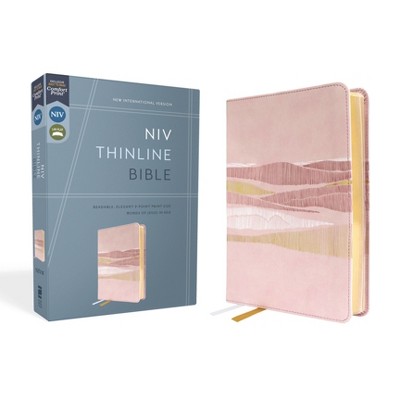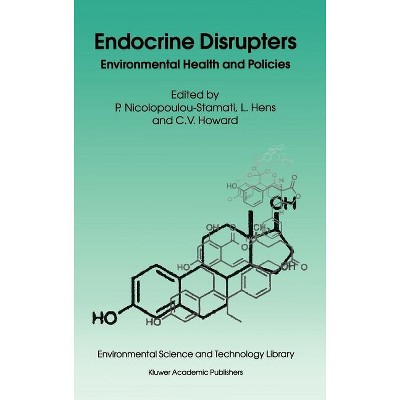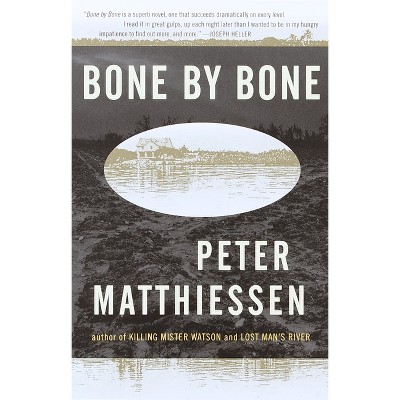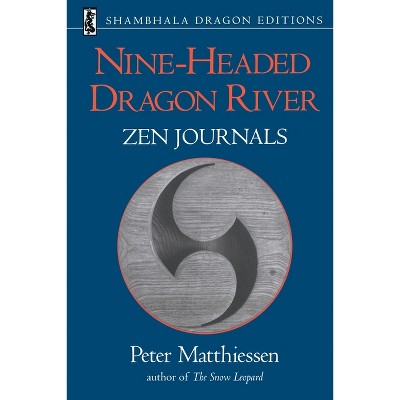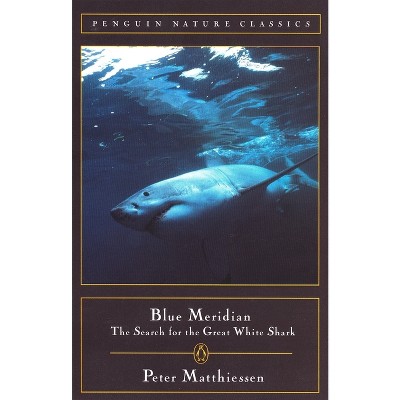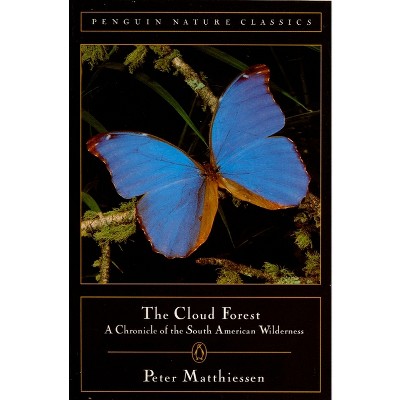About this item
Highlights
- About the Author: PETER MATTHIESSEN, PhD, is an aquatic ecotoxicologist who works as an independent consultant.
- 416 Pages
- Science, Chemistry
Description
About the Book
"This book describes methodology and applications for endocrine disrupter toxicity testing, an issue of considerable urgency, because of international regulatory authorities currently considering such testing schemes. The coverage examines major animal groups for sensitivity to endocrine disrupting chemicals (EDCs), identifying endpoints and procedures for testing guidelines. Three EDC screening methods (two using fish and one using amphibians) are examined in detail for their efficacy and applicability. Edited by, and with contributions from, a leading participant in regulatory efforts, the book outlines methods that combine sensitivity, efficiency, statistical power, acceptable cost, and minimum ethical concern"--From the Back Cover
Enables researchers to assess the effects of endocrine disrupters as well as comply with new environmental regulations
Endocrine disrupters are chemicals--both man-made and natural--that interfere with the body's endocrine system, potentially resulting in adverse developmental, reproductive, neurological, and immune effects. In recent years, a number of regulatory authorities around the world have drafted or enacted legislation that requires the detection and assessment of the effects of endocrine disrupters on both humans and wildlife. In response, this book provides comprehensive, up-to-date information on the latest tested and proven methods used to detect and assess the environmental hazards posed by endocrine-disrupting chemicals.
Endocrine Disrupters is divided into chapters covering each major taxon as well as chapters dedicated to hazard assessment and regulation. The book covers testing methods for all the vertebrate groups and several invertebrate phyla, including:
- Crustaceans and mollusks
- Insects
- Fish
- Amphibians and reptiles
- Birds and mammals
Moreover, the book emphasizes practical, ethical testing methods that combine sensitivity, efficiency, statistical power, and reasonable cost.
Each chapter is written by one or more international experts in ecotoxicology, offering readers step-by-step guidance for implementing each method based on the latest research and the authors' firsthand laboratory experience. Furthermore, all the chapters have been subjected to a rigorous peer review and edited in light of the reviewers' comments. References at the end of each chapter guide readers to the literature in the field.
Endocrine Disrupters is recommended for scientists who need to test chemicals for possible endocrine-disrupting properties. It is also recommended for regulatory authorities who need to decide whether particular chemicals can be safely marketed.
About the Author
PETER MATTHIESSEN, PhD, is an aquatic ecotoxicologist who works as an independent consultant. Specializing in the study of endocrine disrupters, he has conducted extensive research into how sewage effluents cause feminization in wild male fish as well as how tributyltin-based antifoulants cause masculinization in wild female mollusks. Professor Matthiessen is a member of the UK Advisory Committee on Pesticides and Co-chair of the OECD Validation Management Group for Ecotoxicity Tests. He has contributed to the development of standardized ecotoxicity assays with sensitivity for endocrine disrupters as well as written guidance for the interpretation of the resulting data.






